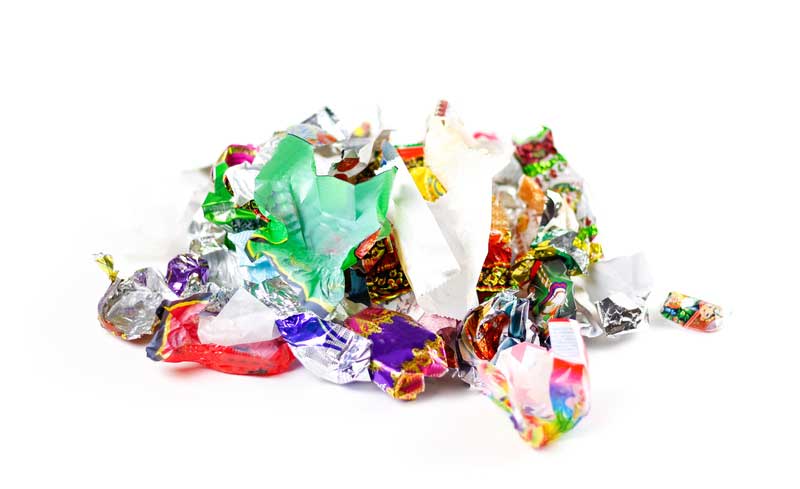By Cheryl Rahal, D.V.M. (With sidenotes from Toby the clinic kitty)
October signals cooler weather, football, and the best holidays ahead, beginning with Halloween. From the costumes to the candy, there are some scary things about Halloween pet parents should be aware of to help prevent emergency vet visits.
Avoid Costume Horrors
We love all the absolutely adorable, silly, scary pets in costumes photos our friends share with us. While it can be a fun time to dress up our pets, keep in mind not all pets think it’s fun and some will try and chew those costumes right off. Some will even swallow the fabric and get strings stuck in their teeth or around their tongues. Not fun for anybody. Remember not to leave your pet unattended when wearing a costume.
When you and your family members dress up, be aware your pets may not recognize you and it could be scary to them. You may be treated like an intruder, so be careful. During the night of trick-or-treat, it might be time to take advantage of some of the anti-stress strategies we discussed in earlier articles, such as pheromone therapy or calming supplements to combat the doorbell ringing and visits from ghosts, goblins and Disney princesses.
Beware of Toxic Ingredients in Candy
I don’t think a single Halloween has gone by where we don’t see pets sick from dietary indiscretion or getting into a bowl full of candy. For some pets it may only take one piece of candy to cause gastrointestinal upset. In extreme cases, Some pets could develop pancreatitis from the high sugar and fat content in the candy. To avoid this, please keep the candy out of reach and advise your kids, who are likely hiding their stash from siblings (or mom and dad), to find a hiding place out of reach of your pets.
There are three significant toxins to be mindful of if your pet does eat candy.
- Wrappers. If your pet eats a significant amount of candy in a short period of time, it’s not likely they removed the wrapper and only ingested the candy. Wrappers can wad up and cause an intestinal obstruction, which may become a surgical emergency.
- Chocolate. Many times it takes a lot of dark chocolate ingested to cause theobromine toxicity, but it’s generally weight dependent. A 70-pound labrador can eat a lot more chocolate than his 6-pound Chihuahua friend. Clinical signs of chocolate toxicity are vomiting, diarrhea, increased thirst, restlessness, increased heart rate, and can progress to muscle tremors, seizures, and heart failure. Yep, scary stuff. Should your pet eat chocolate, contact your veterinarian to discuss toxicity concerns.
- Xylitol. An artificial sweetener commonly found in gum and sugarless candy is very toxic to dogs. Unlike humans, xylitol is quickly absorbed into the bloodstream of a dog, resulting in a potent release of insulin from the pancreas and the body becomes severely hypoglycemic (life-threatening low blood sugar). Symptoms include weakness, drunken walking, vomiting, collapse, and can progress even with treatment to liver failure. If you suspect your pet consumed candy with xylitol, keep the package and call a veterinarian immediately.
Have a safe and happy Halloween.

Toby’s Take
Toby here, dialing in from retirement, just to say I look really snazzy in my costume, and you’re gonna have to go on our Insragram page to see it (#TobytheClinicKitty). I challenge you to post a more handsome picture than mine.
I just reviewed Dr. Rahal’s article, that xylitol stuff sounds scary. I think the moral of the story is just eat real sugar! She does tell me though that xylitol only affects dogs, not cats. Of course, cats are the superior being.
Dr. Cheryl Rahal is a doctor of veterinary medicine at The Pet Wellness Center in North Phoenix. Her sidekick,Toby, spent many days alongside her at the clinic.

